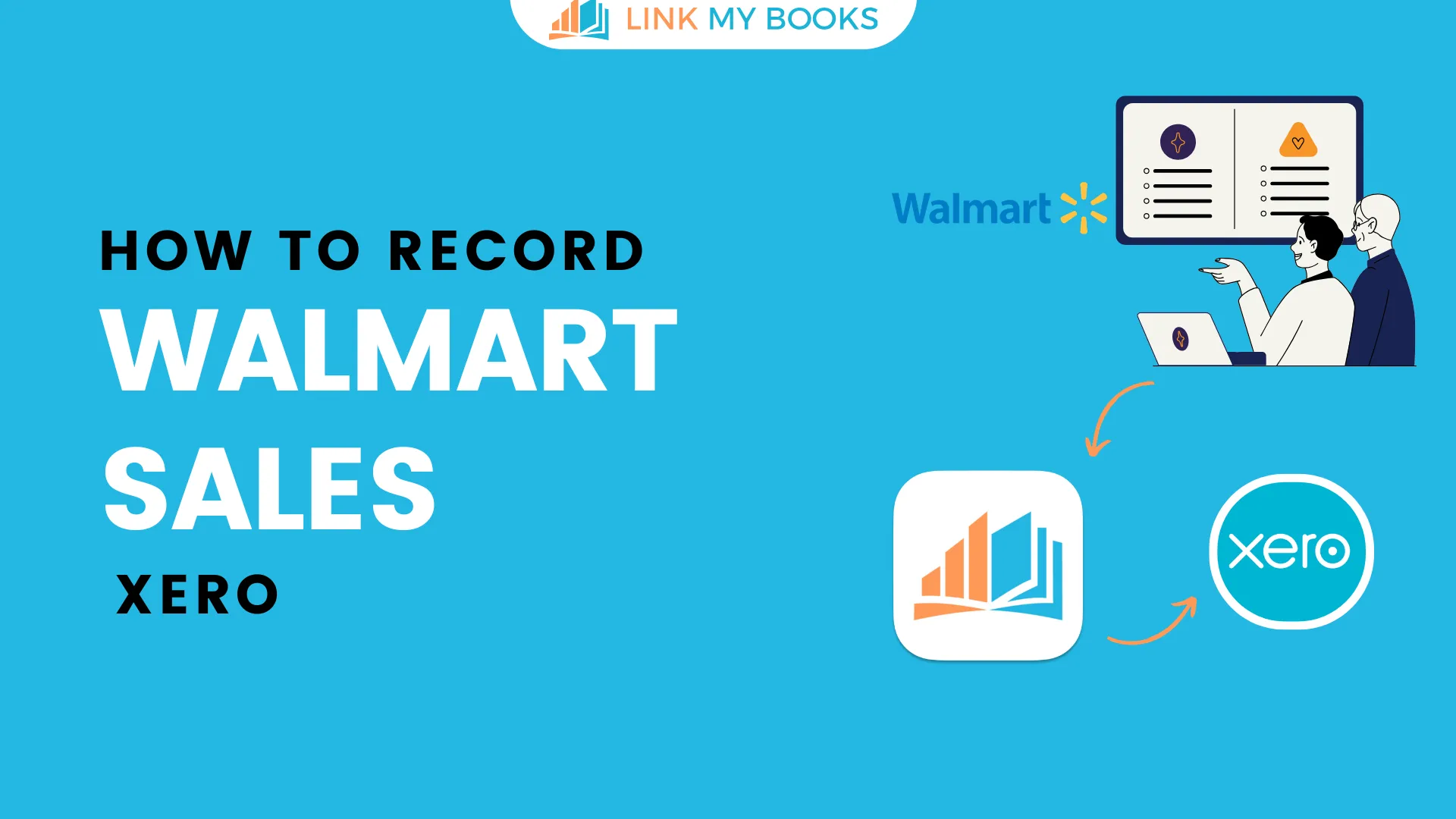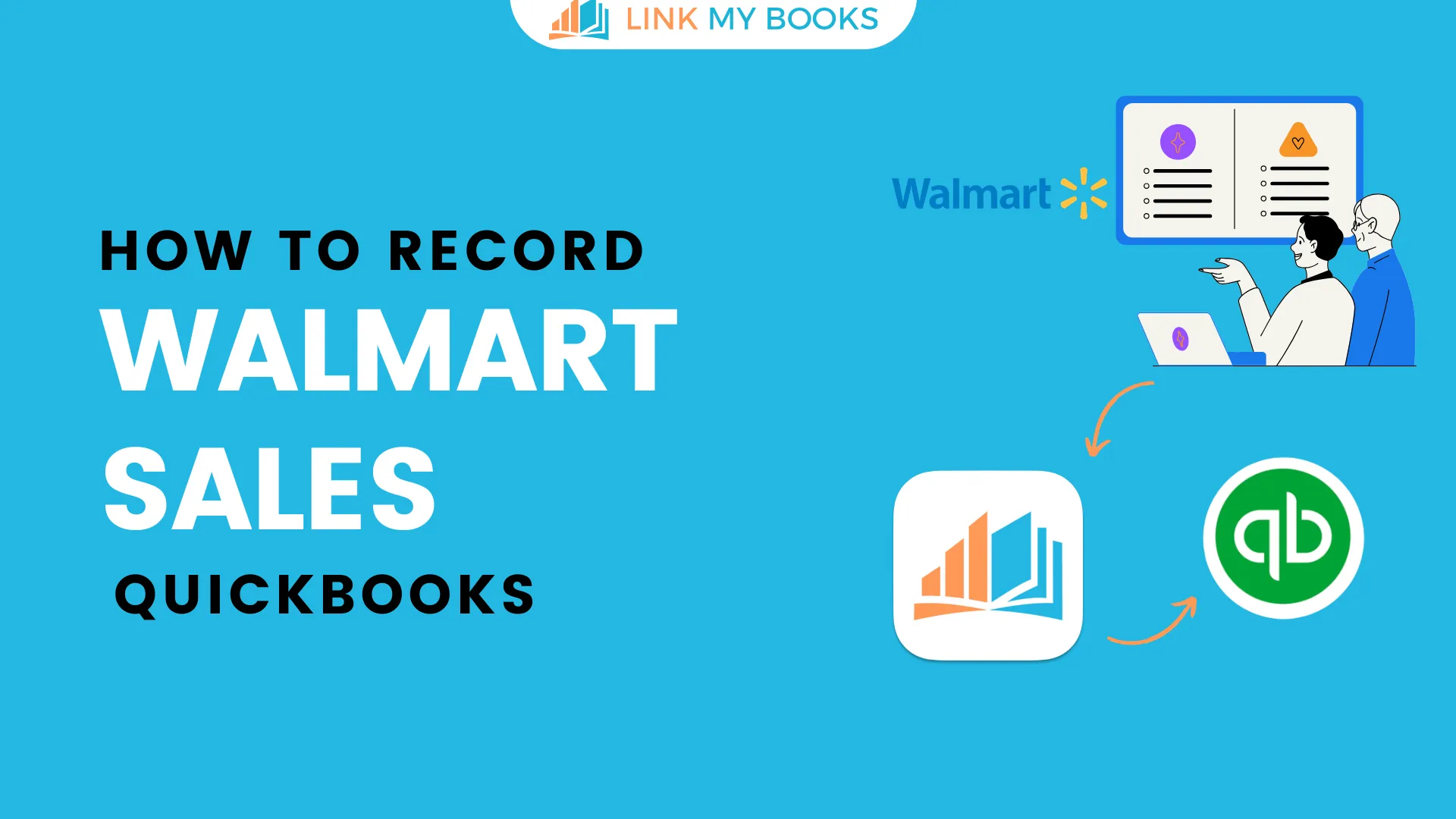Understanding the Impact of VAT on Your Shopify Business







Shopify VAT can be a complex and confusing topic for any business owner, but if you don’t understand it, you could face serious legal issues. If you want to learn how VAT can impact your Shopify store and how you can reduce the amount of VAT you have to pay, you should keep reading.
We’ll also help you understand how VAT works in the EU and Non-EU countries, along with giving advice on how to set up Shopify VAT correctly. With this information, you’ll be able to ensure that your Shopify business complies with all applicable tax regulations while minimising your VAT costs.
What Is VAT?
VAT is a tax that businesses must pay on the value of goods and services. Governments levy them on most products and services sold within the UK & European Union with the standard rate in the UK being 20%. VAT is an indirect tax collected by businesses rather than consumers. Businesses can register for a VAT number with their national tax authorities to keep track of their liability for paying VAT.

The amount of VAT that a business needs to pay depends on various factors, including the country your customers reside in and any exemptions or deductions they may be eligible for. For example, if you are registered for VAT in your own country and make purchases from another EU member state, you can claim a refund for the VAT paid on those purchases.
VAT can significantly impact your Shopify business, both positively and negatively. On the one hand, collecting VAT from customers ensures that your store complies with all applicable regulations and helps protect its reputation. On the other hand, it can be difficult to calculate how much you owe or receive back when dealing with different countries or jurisdictions across Europe–something you must consider when setting up Shopify accounting systems.
Therefore, it’s important to understand how VAT works before setting up Shopify bookkeeping processes; failure to do so could lead to overcharging customers or not taking full advantage of available deductions. By understanding these complexities and setting up Shopify correctly, businesses can minimise overall costs while ensuring compliance with relevant laws and regulations.
VAT For UK-Based Stores
Most of the time, businesses based in the UK need to account for VAT charges. If your customers are also based in the United Kingdom or Northern Ireland, you should account for VAT in your Shopify accounting. However, if your UK-based business sells to clients in the EU, UK VAT is not charged. The standard VAT rate in the UK is currently 20%, although there are a number of goods and services that qualify for an exception.
To charge VAT on sales, you need to register for a Value Added Tax (VAT) number. In most cases, businesses can apply for VAT online. However, there are exceptions that may require registration by post, such as:
- Businesses that need the Agricultural Flat Rate Scheme
- Businesses that plan to apply for a registration exception
- Businesses that are applying for separate VAT numbers for divisions or units within a corporation
Once registered, businesses should use existing tools such as Link My Book’s Shopify accounting software to calculate taxes easier and more accurately. It can also help businesses track sales across different countries and ensure compliance with local regulations.
Overall, understanding how VAT works in the UK is essential for any Shopify business that plans to sell internationally or within the UK. By becoming familiar with tax laws, registering for VAT when necessary, and using existing tools to calculate taxes more easily, Shopify entrepreneurs can take steps towards minimising their tax burden while remaining compliant with local regulations.

How to Set Up Shopify VAT
Setting up a Shopify store to collect VAT is relatively easy. Here are the steps that you need to follow to get started:
Get a Shopify Plan
The first thing you want to do is sign up for a Shopify account and choose the best plan for your business. Different plans have different features, such as access to more themes or additional apps that can help you manage taxes. Once you’ve chosen the best plan for your needs, it’s time to set up your store. That includes adding products, setting prices and descriptions; setting shipping options and taxes; and customising design elements like fonts and colours.
Install The Shopify VAT App
After you’ve chosen a plan, the next step is installing the Shopify VAT app, enabling customers in EU countries to receive charges based on their local VAT rate. Once installed, you’ll need to configure the app according to your country’s regulations. This process involves entering the company name and address information and selecting which countries should be charged local VAT. You’ll also need to enter any special exemptions or discounts related to VAT that may apply in certain cases.
Make Sure Everything’s Working Properly
Finally, test how everything works by placing an order within each country where you sell items online. That will give you an idea of how much customers are being charged in each country so that you can make sure all taxes are calculated correctly before going live with your shop.
Doing this will ensure compliance with local laws and regulations while providing customers with accurate tax information when placing their orders.
By following these steps carefully, businesses can easily set up their stores on Shopify to collect Value Added Tax (VAT) from customers in the UK and EU countries without hassle or confusion from either side.
How Can I Reduce My Shopify VAT?
There are several strategies you can employ regarding reducing your Shopify VAT on purchases. It’s wise to familiarise yourself with the taxes and thresholds in your country of operation.

You should also look into using Shopify bookkeeping software that integrates with their store. That software will allow them to quickly and easily track sales, calculate taxes, reconcile accounts, and generate reports.
Businesses should utilise Shopify accounting software that can automate their VAT calculations. This software will help ensure accuracy and minimise the time spent on manual calculations. These tools streamline the process of calculating taxes and other related tasks, such as managing refunds and submitting returns directly from your store’s admin panel.
By taking advantage of these strategies, businesses can reduce their VAT on Shopify purchases and maximise profitability when selling across borders within Europe.
If you’re looking for an effective Shopify accounting tool to help with your Shopify VAT, Link My Books is what you need. It will help you automate your Shopify bookkeeping and manage your store fees and taxes. Learn more about how it can help you today!


















.png)